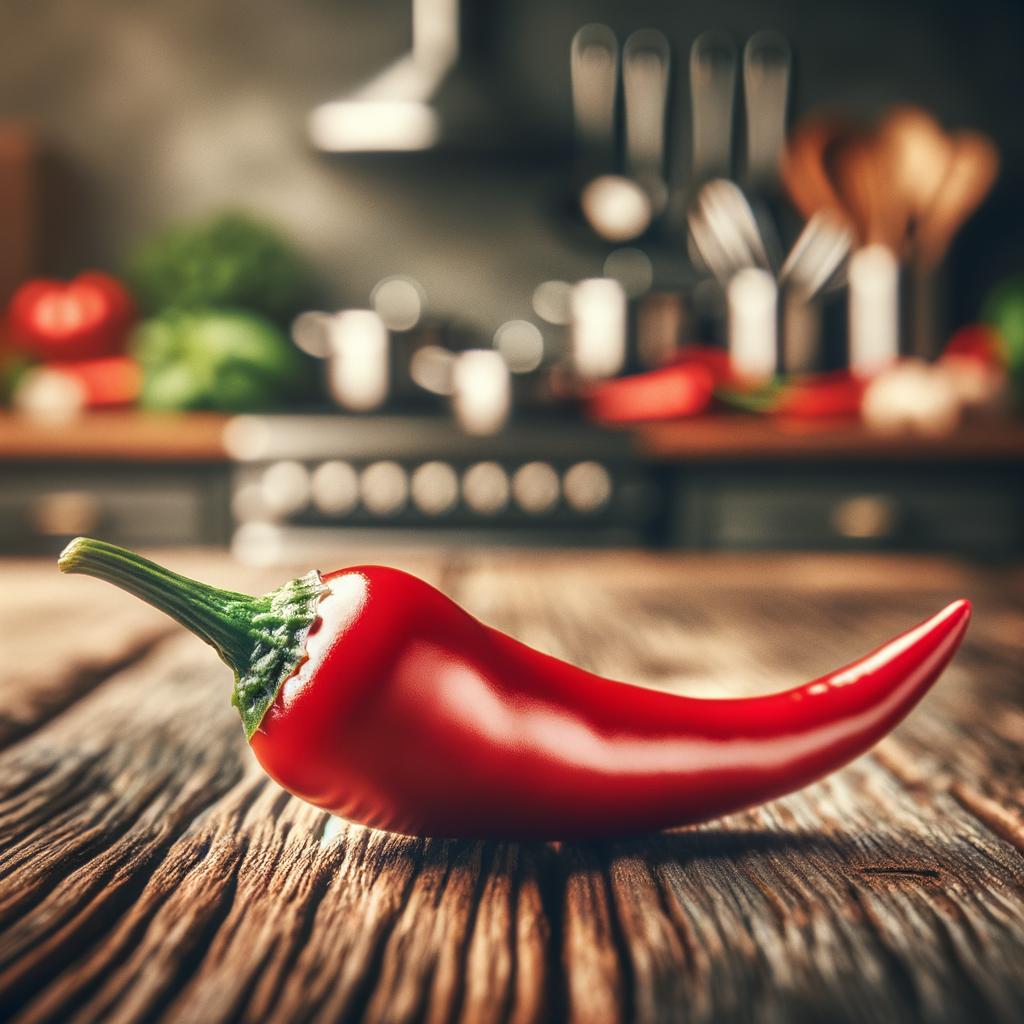Chili

Description
Let's take a moment to appreciate the fiery beauty of the chili pepper, a tantalizing ingredient that is as much a feast for the eyes as it is for the palate. Chilies come in a vibrant array of colors - from the deepest reds to the brightest yellows and even the most tranquil greens. Their shape can be long and slender or short and plump, their skin either smooth or wrinkled. The texture of a fresh chili pepper is crisp, while dried ones are wrinkly and tough. The flavor profile of chili is a complex dance of heat, sweetness, and subtle bitterness. The level of spiciness can range from mildly warm to scorchingly hot, depending on the variety. What sets chili apart is its capsaicin content, the magical compound responsible for its heat, which can trigger a rush of endorphins in our bodies, creating a natural high.
Primary Uses
Chilies are a versatile ingredient, lending their heat and flavor to a multitude of dishes across various cuisines. They are a staple in Mexican, Indian, Thai, and many other spicy cuisines, used in everything from salsas and curries to stir-fries and marinades. Dried chilies are often ground into powders or flakes for a more concentrated heat. Beyond culinary uses, chilies have cultural significance in many societies. They are used in traditional medicine for their analgesic properties and are even a part of some religious rituals.
History
The history of chili peppers is as spicy as their taste. Originating in Mexico, they were spread across the world by Spanish and Portuguese explorers during the 15th and 16th centuries. Chilies quickly became a beloved ingredient in many cultures, transforming the flavor profiles of countless cuisines. The Mayans and Aztecs used them not only as a food ingredient but also as a medicinal herb and a currency. Over time, the popularity of chili peppers has only grown, with chili-eating contests and festivals now a global phenomenon.
Nutritional Information
Despite their fiery reputation, chilies are incredibly good for you. They are rich in vitamins A, C, and E, all potent antioxidants, and provide a good amount of minerals like potassium and iron. Capsaicin, while responsible for the heat, also has health benefits. It can boost metabolism, aid in digestion, and has been linked to heart health. Compared to bell peppers, their milder cousins, chilies have a similar nutrient profile but with significantly more capsaicin. However, their heat can be a concern for those with sensitive stomachs, so they should be consumed in moderation.

